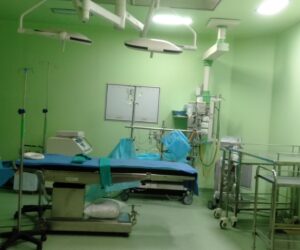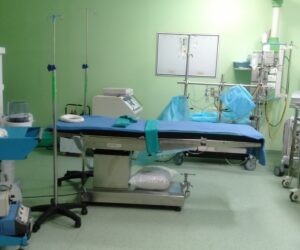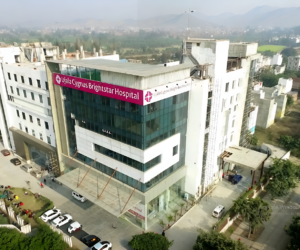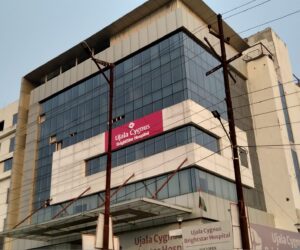Who requires it female reproductive organ surgery?
Uterine fibroids, endometriosis, ovarian cysts, pelvic organ prolapse, uterine prolapse, and specific forms of gynecologic malignancies are a few disorders that may call for female reproductive organ-related surgery.
The goals of these operations include symptom relief, function restoration, and, if necessary, the removal of aberrant tissue or organs.
Laparoscopic female reproductive organ surgery procedure
This minimally invasive procedure entails creating tiny abdominal incisions and inserting a laparoscope, a thin tube with a camera, to view the reproductive organs (ovary, uterus, fallopian tube, and cervix).
To undertake the required treatments, such as the removal of fibroids, cysts, and tumors, our skilled gynecologists introduce surgical tools through further small incisions.
Recovery
Compared to open surgery, recovery after laparoscopic female organ surgery is frequently quicker.
In the days following the treatment, patients may have some pain, swelling, or discomfort, although these symptoms are typically treatable with painkillers. Depending on the exact surgery and the patient’s condition, the recovery time may vary.
When should I see a doctor?
If you have reproductive organ-related symptoms that are ongoing or getting worse, consult one of our outstanding surgeons. Abnormal bleeding, pelvic pain, abnormal discharge, bowel or urine issues, as well as any other worrying changes in your reproductive health, may be symptoms.
A medical professional can assess your illness, suggest the best diagnostic procedures, and go over the potential need for surgery or other therapies.








